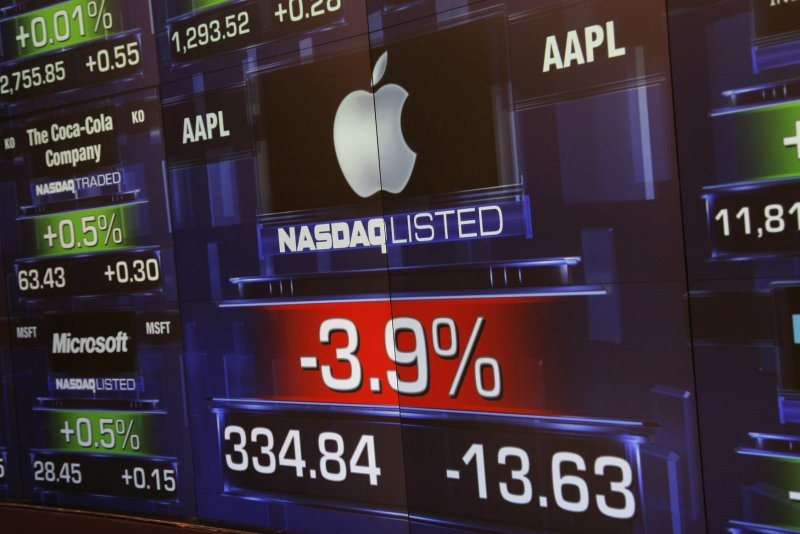Market information becomes a tad bit more transparent Monday, as the government mandates publicly releasing small trades formerly seen as insignificant. (File/UPI/Monika Graff) |
License Photo
Dec. 9 (UPI) -- "Odd lots," or trades below 100 shares, were long viewed as insignificant, but maybe not when they are traded in high amounts at high frequencies. Starting Monday, small trades of some of the largest U.S. companies will be made public information.
The Securities and Exchange Commission changed the reporting rules on these small trades in September. The rule, effective Monday, will amount to hundreds of millions of new trades reported.
This comes after a 2011 research paper argued that the importance of odd lots has increased significantly, primarily for the retail trader. The paper was jointly written by Maureen O'Hara of Cornell University, and Chen Yao and Mao Ye of University of Illinois.
"From Monday the markets will be more transparent and fairer for all," Dr. Yao said in a statement. "While leaving odd lots out of the public feed may have been sensible in the past, fragmentation, high-frequency trading, and the widespread use of algorithms have changed markets in fundamental ways."
The research, which examined 120 Nasdaq stocks from 2008 to 2011, found that up to 60 percent of some stocks' shares were traded as odd lots.
And with the upsurge of high-frequency algorithmic trading, there has also been a rise in odd lots traded. The small trades composed 22 percent of all trades in December 2009, which rose from the 14 percent counted in January 2008.
The number of stock splits has also declined, leading to higher priced stocks and therefore retail traders owning smaller lots of stocks.
The rule change mostly impacts high priced stocks with high liquidity like Google and Apple. The research showed that odd lots made up more than 30 percent of all Google shares.
Previously, information about odd lots traded was primarily bought by proprietary traders. Now, the data will be available on the consolidated tape published by stock exchanges to trading screens worldwide. The market may experience a slight increase in all trading volumes due to greater accessibility to market information.
[SEC]
[Wall Street Journal]







